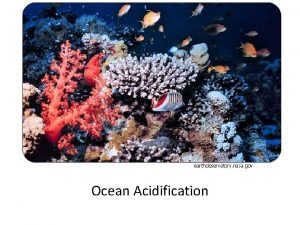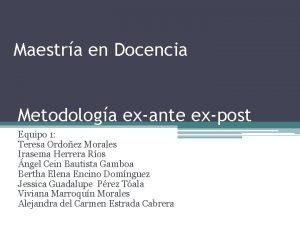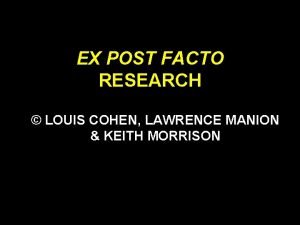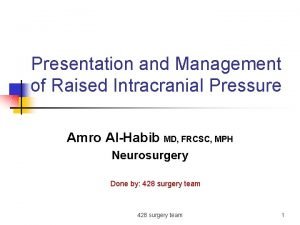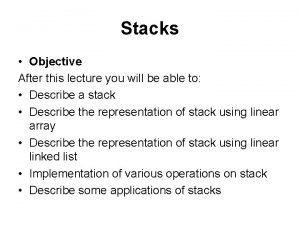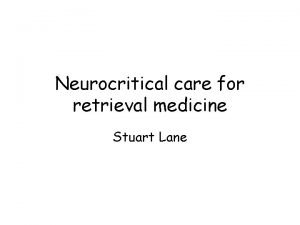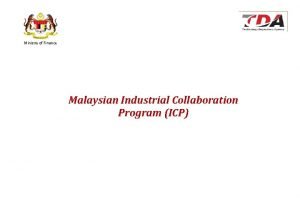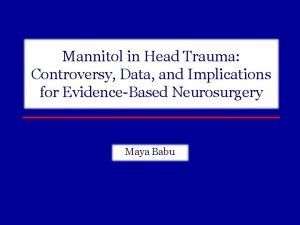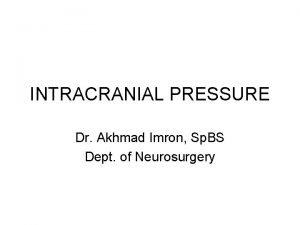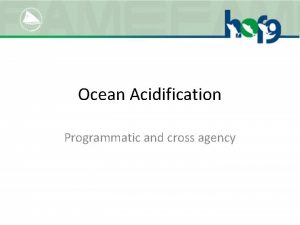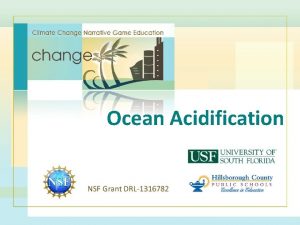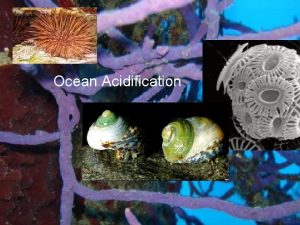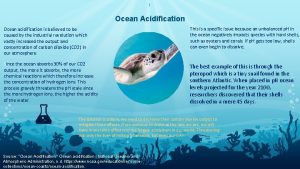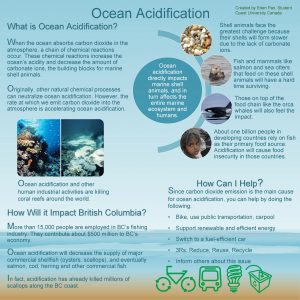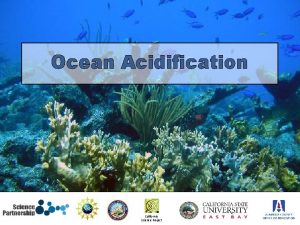Session 4 ICP MM Acidification and Europhication Expost










- Slides: 10

Session 4: ICP M&M – Acidification and Europhication “Ex-post” Impact assessment of Base Line scenario vrs. Maximum Feasible Reduction scenario Documentation: ECE/EB. AIR/WG. 1/2010/10 ECE/EB. AIR/WG. 1/2010/14 Preprint of results of CCE SR 2010: See informal document in the Salle XI Jean-Paul Hettelingh, Max Posch, Jaap Slootweg, Coordination Centre for Effects (CCE) Anne Christine Le Gall Chairwoman, TF of ICP Modelling and Mapping CCE presentation, 29 th session of the Working Group on Effects, Geneva, 22 -24 September 2010

Note: Results in ECE/EB. AIR/WG. 1/2010/10 are based on the pre-summer linearized version of the EMEP model ! Area @ risk (%) of eutrophication EMEP/TFIAM-CIAM Source Receptor Matrix (SRM) Full EMEP model CLE 2000 50 CLE 2020 MFR 2020 EMEP/CCE SRM (pre-summer Ex-post assessment assessmnt for /10 document) (full EMEP model) - 52 39 37 - 38 28 15 - 14 10 CCE presentation, 29 th session of the Working Group on Effects, Geneva, 22 -24 September 2010

2 Base line scenarios by IIASA CIAM Report 1/2010; See 47 th session of the WGSR, 30/8 -3/09/2010, Informal document nr 8 1. A set of national activity projections • 17 Parties submitted data on national energy and agriculture scenarios • Remaining country data are taken form the World Energy Outlook 2009 (IEA, 2009) and the PRIMES model (Capros et al. , 2008) 2. A Europe-wide coherent scenario • Primes model results CCE presentation, 29 th session of the Working Group on Effects, Geneva, 22 -24 September 2010

ICP M&M Indicators that can be used to compare environmental impacts between scenarios • Average Accumulated Exceedance (AAE) (eq ha-1 yr-1), i. e. the area weighted sum of exceedances in e. g. a Natura 2000 area, an EMEP grid cell or a country. • Area at risk (km 2 or %) of adverse effects, i. e. where critical loads are exceeded • Area at risk of a significant (≥ 5%) change of biodiversity (abundance or species richness) • Results of dynamic modelling: magnitude and location of exceedances of target loads, Damage- and Recovery Delay Times, …near future: ∆ vegetation • Following the 47 th session of the WGSR, it was decided to distinguish between Annex I and a “Guidance document” in which the WGE is requested to quantify environmental improvements. CCE presentation, 29 th session of the Working Group on Effects, Geneva, 22 -24 September 2010

Risk of nutrient N: Baseline 2020 Exceedance: Crit. lds: 28% Damaged: 43% Vrs. 2000: ∆ AAE: - 46% MFR 2020 Baseline 2000: Exceedances: Crit. lds: 39% Exceedances: Crit lds: 10% Target lds: 11 % Damaged: 21% Vrs. 2000: ∆ AAE: - 90% CCE presentation, 29 th session of the Working Group on Effects, Geneva, 22 -24 September 2010

Risk of acidification: Baseline 2020 Exceedances: Crit. lds: 3% Vrs. 2000: ∆ AAE: - 82% MFR 2020 Exceedances: Crit. lds: 1 % Target lds: 3% Baseline 2000 Vrs 2000: AAE: - 98 % CCE presentation, 29 th session of the Working Group on Effects, Geneva, 22 -24 September 2010

ECE/EB. AIR/WG. 1/2010/14 • Workshop on the review and revision of empirical critical loads and dose-response relationships (Noordwijkerhout, 23 -25 June 2010). 51 experts attended. • Objectives and results – Review and revise empirical critical loads established at expert workshop in Berne in 2002 (result: see Table in ECE/EB. AIR/WG. 1/2010/14) – Guidance how to use Table of Modifying factors (result: use minimum empirical critical loads for regional assessments) – Review dose-response relationships and regional applications (result: only use in relative terms, i. e. to compare ∆ biodiversity between scenarios) • Final report is in preparation. However, Table can be used by National Focal Centres in response to the upcoming call for data CCE presentation, 29 th session of the Working Group on Effects, Geneva, 22 -24 September 2010

∆ similarity index in forests (tentative) CLE 2020 Tentative biodiv@risk (not mapped!) EMEP: 2 % EU 4% MFR 2020 2000: Tentative biodiv@risk (not mapped!) EMEP: 5 % EU 13 % CCE presentation, 29 th session of the Working Group on Effects, Geneva, 22 -24 September 2010 Tentative biodiv@risk (not mapped!) EMEP: 0. 1 % EU 0. 5%

Conclusions and recommendations • Environmental improvements (following a concept from the 47 th session of WGSR) have been computed (see informal document, as pre-print of results of the CCE Status Report 2010) • Exceedances based on pre-summer linearisation of the EMEP model (Source-Receptor relationships) are about 50% higher than post-summer results using full EMEP model results. Therefore, computed areas at risk and AAEs as published in ECE/EB. AIR/WG. 1/2010/10 are higher than results of the CCE SR 2010 (in prep. ), as shown in the informal document available in the salle. • Revised empirical critical loads (ECE/EB. AIR/WG. 1/2010/14) can be used in the proposed upcoming call for data. Further review/revision of regional applications of EUNIS specific D-R relations recommended. CCE presentation, 29 th session of the Working Group on Effects, Geneva, 22 -24 September 2010

Please note 1: www. rivm. nl/cce as of 1 January 2011 the CCE will be located at RIVM ! …CCE email addresses will change for the 4 th time in recent years…, thank you for your patience ! Please note 2: www. icpmapping. org is currently being transferred to RIVM, including the Mapping Manual. CCE presentation, 29 th session of the Working Group on Effects, Geneva, 22 -24 September 2010


